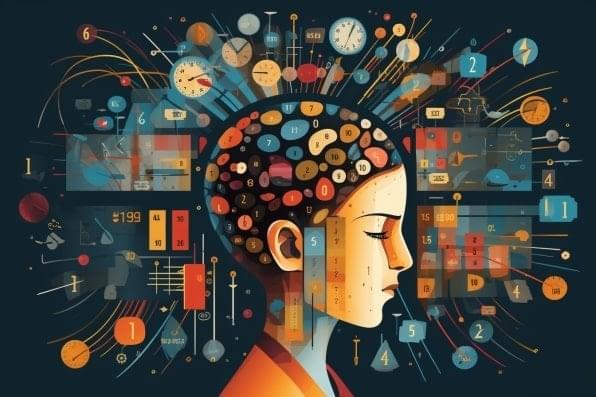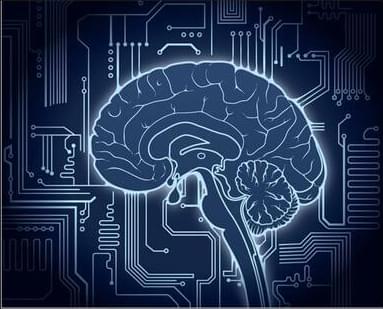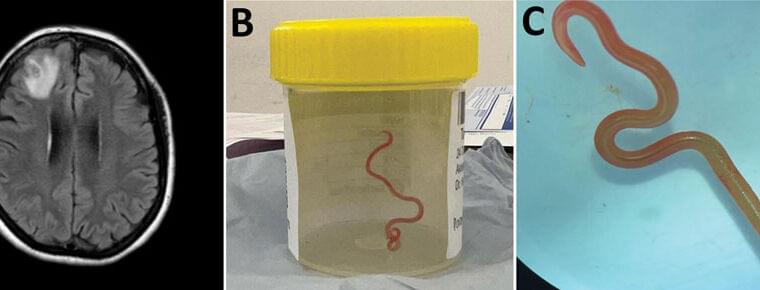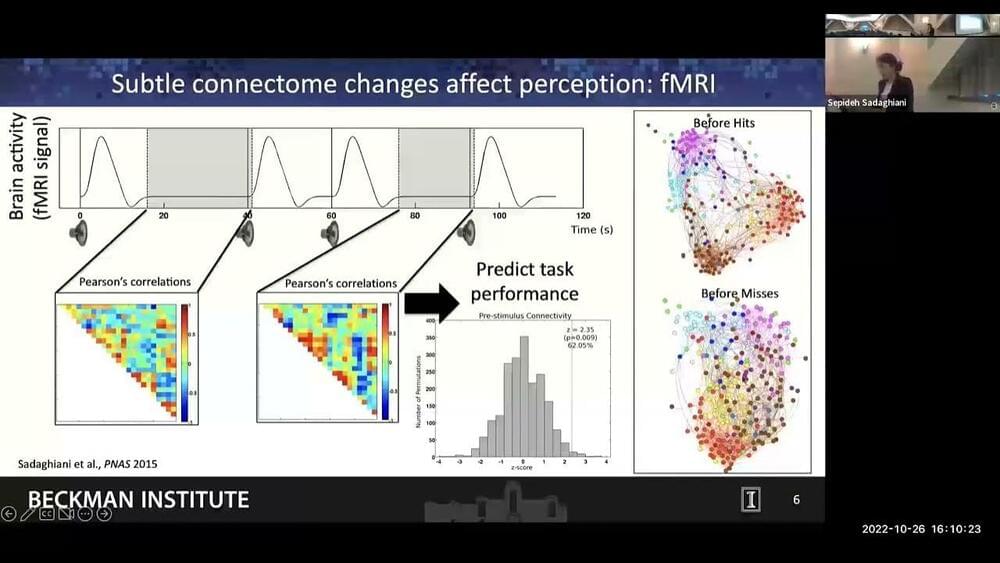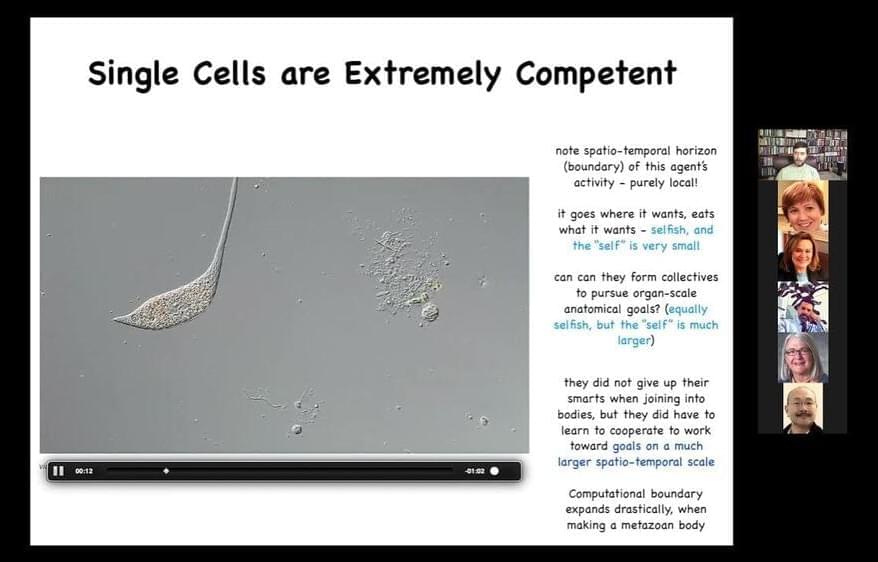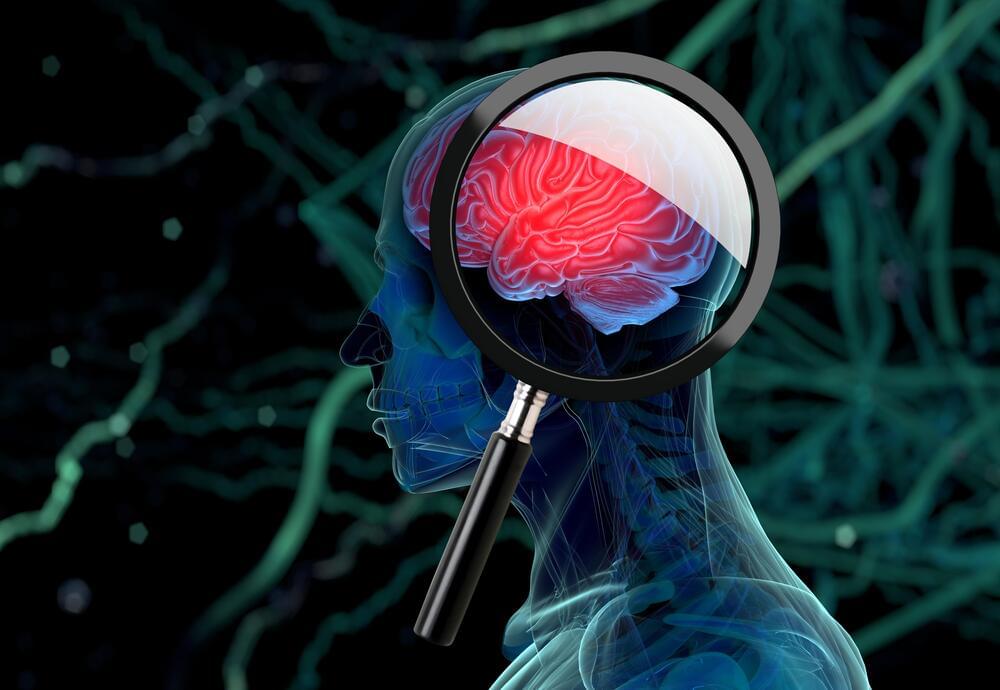Sep 3, 2023
Scientists discover new microglial population important for memory and learning
Posted by Dan Breeden in categories: biotech/medical, neuroscience
Following more than seven years of research, researchers at the University of Seville-IBiS (Institute of Biomedicine of Seville) have identified a new key cell type with a critical role in the developmental processes of memory and learning. This breakthrough has been published in the prestigious journal Nature Neuroscience.
The research, led jointly by the University of Seville-IBiS and Karolinska Institutet, helps to understand how neural systems with decisive functions for human behavior mature. The in-depth study highlights the role of microglia, a group of cells that has been the subject of substantial information in recent years due to its involvement in various brain pathologies such as Alzheimer’s disease.

